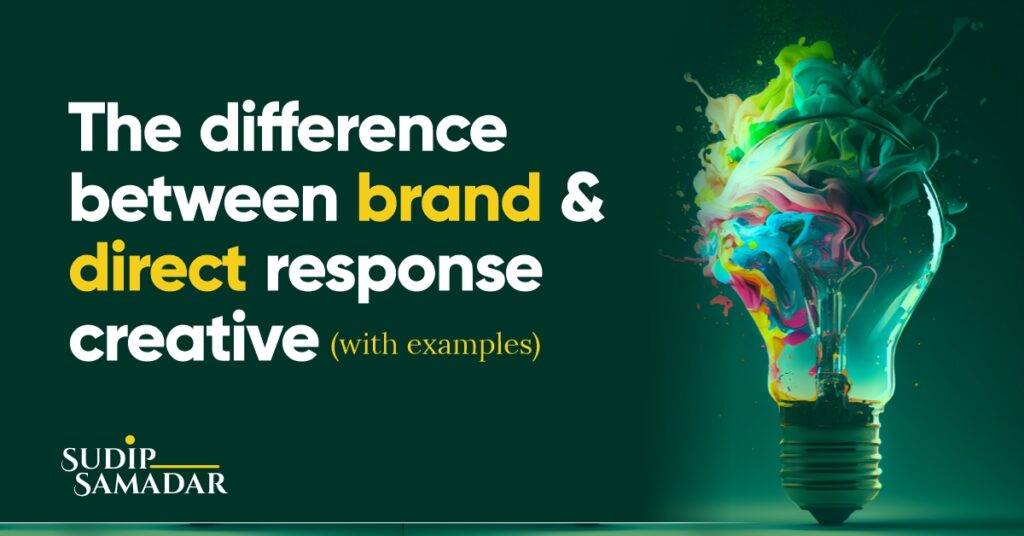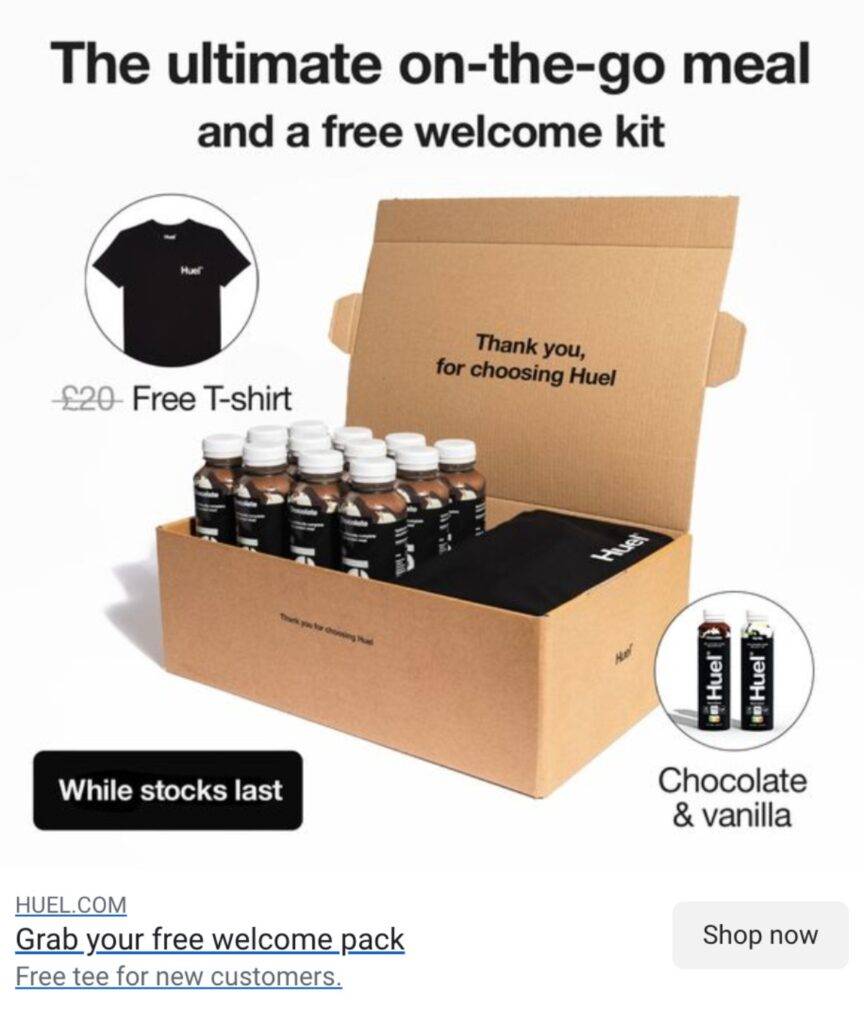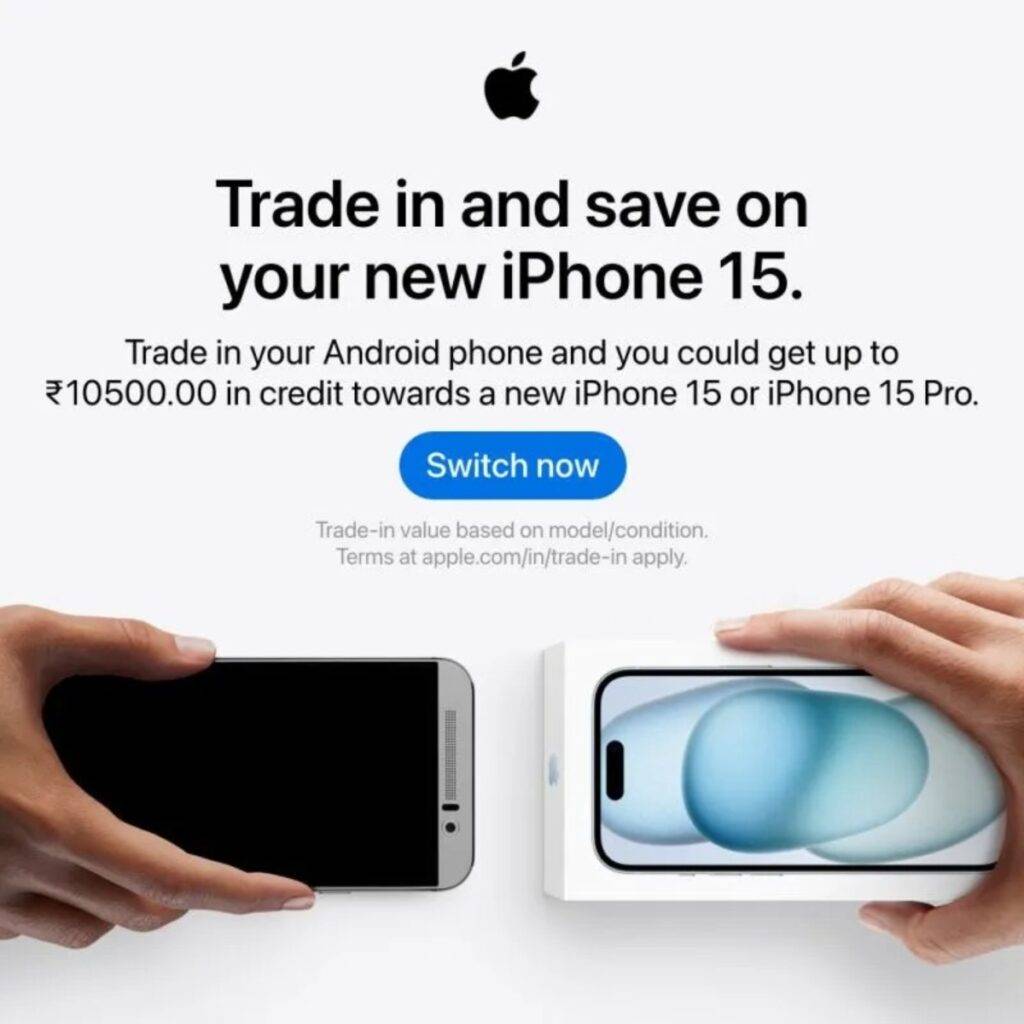
When it comes to marketing, understanding the difference between brand marketing and direct response marketing can make or break your strategy. Both approaches serve distinct purposes, and knowing when to use each is crucial for maximizing your campaigns’ effectiveness.
The Challenge of Marketing Luxury Brands
Luxury brand marketing poses unique challenges. Unlike direct response marketing, it’s not as measurable or trackable. Direct response campaigns thrive on straightforward offers like “50% off today,” “Sign up for a discount,” or “Buy now.” These campaigns deliver immediate results, with clear metrics to evaluate performance.
On the other hand, brand marketing is more abstract. It requires creating a connection and building trust over time. But why bother with brand marketing when direct response is straightforward and measurable?
Why Brand Marketing Matters
In today’s noisy and homogenized market, where products are often similar in features and benefits, brand marketing becomes essential—especially for premium or luxury brands priced higher than competitors.
If you’re targeting an audience willing to pay more, your messaging needs to go beyond features and benefits. Brand marketing elevates your offering, creating an emotional appeal that resonates deeply with your audience.
Blending Direct Response and Brand Marketing
A strategic approach often combines the strengths of both methods. For instance:
- Use direct response marketing to gather leads or subscribers.
- Employ brand marketing in email campaigns to build relationships and reinforce your brand story.
Think of direct response marketing as “fishing in a pond” and brand marketing as “making the pond bigger and filling it with fish.”
Brand Ads: Creating Future Demand
Good brand advertisements focus on sparking emotional connections and creating memorable associations. They don’t just sell products; they build a legacy.
Characteristics of Brand Marketing
- Tends to be emotional, involve storytelling, and often visually striking.
- Aims to create memorable brand associations.
- Typically does not include a specific call-to-action.
- Sometimes feature well-known people to encourage trust and recall.
- Usually doesn’t include things like price or specific product details.
Example 1: Gusto

Gusto’s brand ad uses stunning photography and playful copy to make cooking at home as exciting as dining out. It doesn’t include prices, offers, or buttons—just pure storytelling.
Example 2: Wilkinson Sword

This ad communicates the message “Good enough isn’t good enough” without mentioning pricing or urgency. It’s about building a premium perception of their blades.
Example 3: Flora

Flora’s campaign highlights the quirkiness of plant-based butter without focusing on ingredients, prices, or benefits. The goal is to provoke thought and engagement.
Direct Response Ads: Capturing Existing Demand
Direct response marketing is all about encouraging immediate action—clicking, signing up, or making a purchase.
Characteristics of Direct Response Ads:
- Tends to be rational, feature-driven, and persuasive.
- Aims to drive an immediate action to click or buy
- Copy tends to have less emphasis on emotion and more on product benefits.
- Typically includes offers, discounts or bundle deals.
- Will include things like price, comparison and other product details.
Example 1: Gusto

In their direct response campaign, Gusto uses bold discounts and clear CTAs like “Sign up now” to capture leads.
Example 2: Huel

Huel adds urgency with phrases like “While stocks last” and prominently displays CTAs like “Shop Now.”
Example 3: V-Interior

This ad combines Trustpilot ratings, a savings offer, and a strong CTA to build trust and drive immediate action.
Example 4: Apple

Apple is well-known for its brand advertising, but it’s also interesting to see how it captures demand. Take this example: they encourage people to trade in perfectly good phones for a more expensive model with a slightly better camera. The ad features a big call-to-action button, a clear trade-in value, and a straightforward message. It skips the usual playful Apple copy and gets straight to the point about what they want you to do.
Choosing the Right Approach
The choice between brand marketing and direct response marketing depends on your goals:
- Use Brand Marketing when building emotional connections, trust, and long-term demand.
- Use Direct Response Marketing to generate immediate leads or sales with measurable results.
By understanding these differences, you can craft a marketing strategy that combines the best of both worlds, ensuring both immediate returns and sustained brand growth.
Closing Thought: Whether you’re fishing in a pond or filling it with fish, the key is to know your audience and tailor your approach. After all, the best campaigns are the ones that connect with people on a personal level—whether in the moment or over the long haul.
